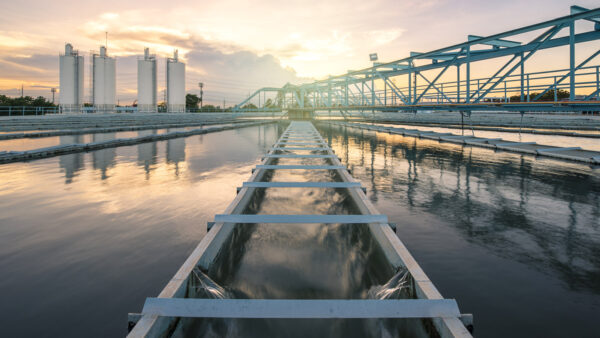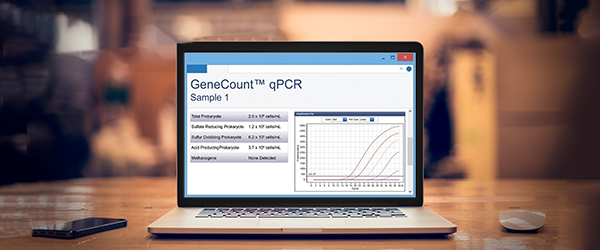After nearly two-years of work, we could advance our understanding of ATP measurement in drinking water biofilters. I will describe some of the background and key results from the study below – more information is provided in the Journal AWWA December 2016 article.
Background of the Study.
Amina Stoddart, a PhD student at our Water Studies lab at Dalhousie, led a project that collected weekly ATP samples from full-scale filters. Her monitoring program was used to evaluate the start-up of full-scale anthracite-sand biofilters in Halifax, Nova Scotia. Following start-up and despite the dynamic process of frequent backwashing, ATP measured on the filter media at both the beginning and end of the filter cycle increased with operational day. This indicated a change in biomass concentration with respect to operational day, and demonstrated ATP as a key indicator for biofiltration start-up. The length of the ATP monitoring program showed that ATP ultimately reached a steady-state with respect to operational day at both reference points after approximately 220 days; however, the accumulation pattern to reach these steady-states was somewhat dissimilar.
Key Results from the Work.
The ATP concentration measured at the start of the filter cycle increased from approximately 10 ng ATP/cm3 media to a steady-state of approximately 60 ng ATP/cm3 media, while ATP concentration measured at the end of the filter cycle increased from approximately 40 ng ATP/cm3 media to an apparent steady-state of 270 ng ATP/cm3 media. Values reported in the literature typically range from 100-1000 ng ATP/cm3 media. Once the steady-states were reached, additional and focused ATP monitoring within two individual filter cycles showed the pattern of ATP accumulation on the filter media over the course of an individual filter cycle. Within both individual filter cycles, ATP accumulated steadily with filter run time before reaching a steady-state 8 hours into the 53-hour filter cycle.
Implications to Water Industry.
These findings show the utility of ATP monitoring when evaluating significant process changes (i.e., biofiltration start-up), as well as day-to-day operation (i.e., single filter cycle). They also point to the need for biomass sampling consistency following process changes and within the context of the operational state of the biofilter, as ATP concentration was not stable with operational time, both with respect to the operational day following biofiltration start-up, as well as with respect to the filter run time within a single filter cycle.
Next Steps
Our lab is very interested in seeing how these ATP numbers compare with other conventional or even biological filters in the Atlantic Region. Developing a strong database of background ATP numbers will help us understand how to effectively manage biofiltration as a drinking water treatment technology. Should any interested utility want to measure ATP in their filters or learn more about this project please feel free to contact me at water@dal.ca









